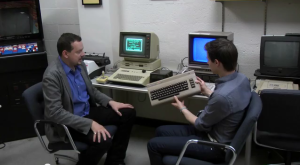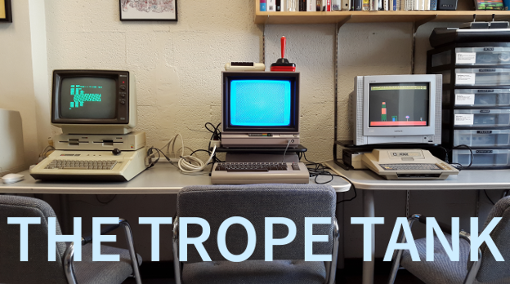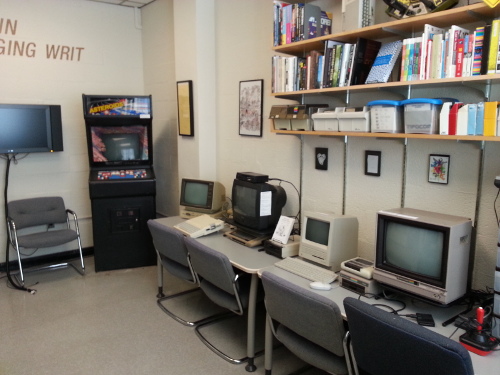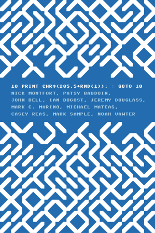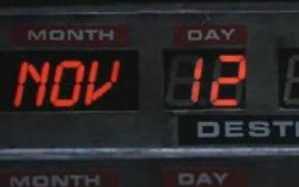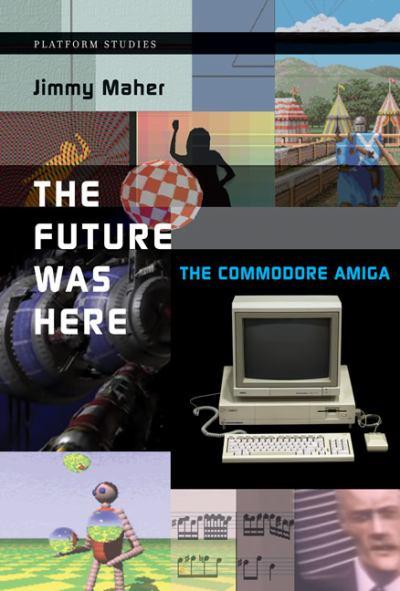Jesper Juul’s Excess Fun & the Commodore 64
Jesper Juul has an amazing new book:
Too Much Fun: The Five Lives of the Commodore 64 !
Just in case you thought I was the only one blogging these days — no, Jesper has a post in which he describes the book and lists talks he is doing about it. In the book, he considers how the C64 was different things to different people over time, with five main sorts of media imaginaries (or computational imaginaries) at work.

